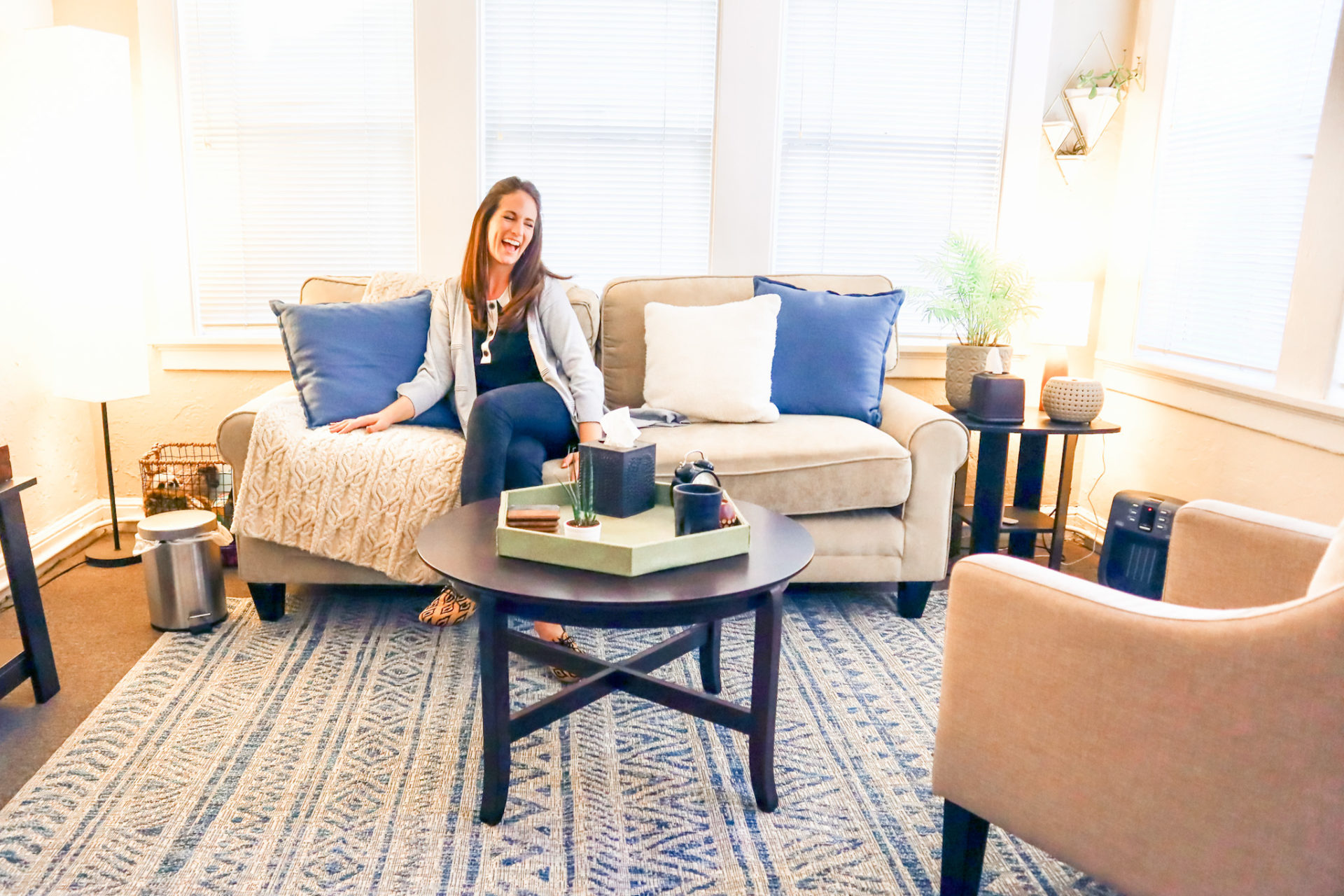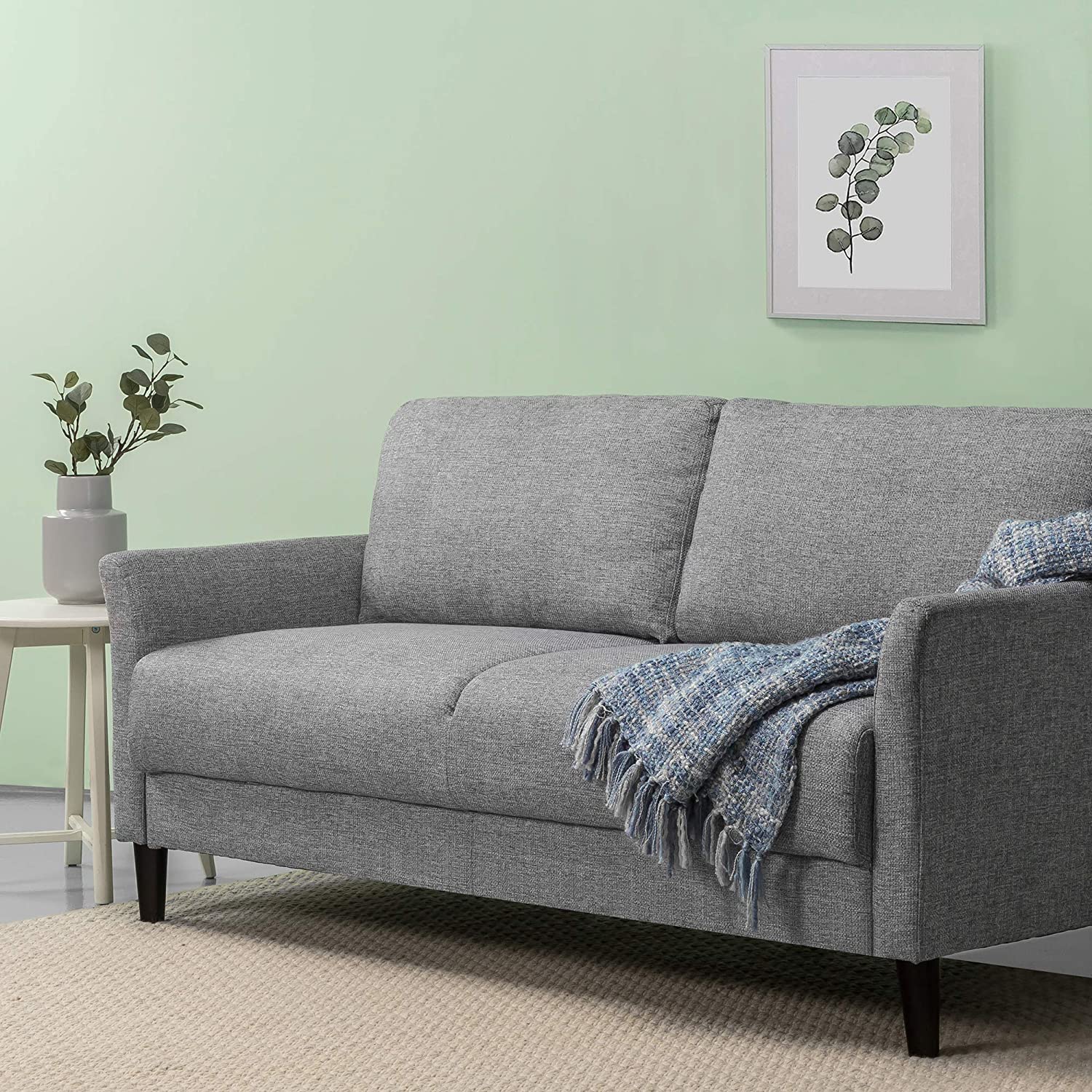In a therapy office, what color sofa should be used? This is a question that therapists and clients alike may have. There are many different colors that can be used for a therapy office sofa.
However, there are some colors that may be more calming or relaxing than others. Some people may prefer a certain color because it makes them feel more comfortable. Others may choose a color based on the feeling they want to evoke in their therapy sessions.
If you’re considering what color sofa to put in your therapy office, there are a few things to keep in mind. First, the color of the sofa should be soothing and calming, as many people who come to see a therapist are likely feeling anxious or stressed. A white or light-colored sofa can help create a sense of peace and tranquility in the space.
You also want to consider the overall aesthetic of your office when choosing a sofa color – for example, if you have a lot of dark wood furniture, a darker couch might be a good way to balance things out. Ultimately, it’s important to choose a shade that you feel comfortable with and that will help put your clients at ease.

Credit: privatepracticeskills.com
What Color Should a Therapist Office Be?
There’s no definitive answer to this question – ultimately, it depends on what color makes you feel most relaxed and comfortable. However, there are some colors that are traditionally associated with calmness and tranquility, which may make them a good choice for a therapist’s office. These include pale blue, green, and lavender.
What Should a Therapist Have in Their Office?
A therapist’s office should be a safe and welcoming space for their clients. It should be comfortable and free of distractions, with plenty of natural light if possible. The furniture should be arranged in a way that promotes open communication and encourages relaxation.
There should be a selection of books and magazines available, as well as some toys or activities if children are part of the clientele. The therapist themselves should be warm and approachable, with a genuine interest in helping their clients reach their goals.
How Would You Create an Optimal Environment for Therapy?
An optimal environment for therapy would be one in which the therapist and client feel safe, comfortable, and supported. The space should be free from distractions and interruptions, and the therapist should have access to all of the resources they need to effectively support their client. The environment should also promote open communication and collaboration between therapist and client.
What are Therapist Chairs Called?
Most therapists use what is called a therapy chair, which is a comfortable chair that allows the therapist to sit facing the client. The therapist may also use a reclining chair or couch, depending on the preferences of the client.
Therapist Office Tour | Private Practice Therapy Office
Best Colors for Therapy Office
When it comes to choosing the best colors for a therapy office, there are a few things to consider. First and foremost, the colors should be calming and relaxing. They should promote a sense of peace and tranquility, which is essential for effective therapy.
Blues, greens, and purples are often good choices for this purpose. However, every individual is different, so it’s important to experiment with different colors to see what works best for you and your clients. In addition to promoting calmness, the colors in your therapy office should also foster creativity and positive thinking.
Bright colors like yellow or orange can be good choices for this purpose. Ultimately, the best colors for your therapy office will be those that create an inviting and relaxed atmosphere while also promoting creativity and positive thinking.
Conclusion
In a therapy office, what color sofa should you choose? It depends on the type of therapy you practice. If you want to create a warm and inviting environment, then choose a sofa in a neutral or light color.
A dark colored sofa may make your clients feel uncomfortable and closed off.
